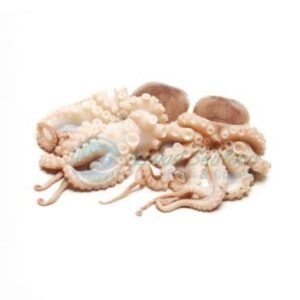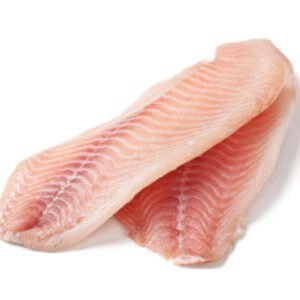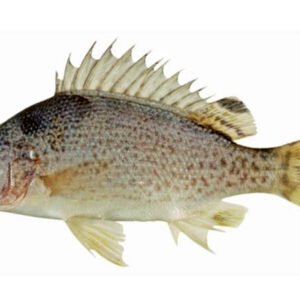Introduction
Stingray, also known as pittan or pittan fish in Pakistan, Indonesia and other countries in Asia, It is a renowned seafood dish recognized for its distinct flavor and texture. Few people would refuse a temptingly easy piece of grilled fresh stingray.
Their uniform rows of pleasantly sweet and sticky flesh, deliciously slippery skin, and complete lack of bones make eating even easier.
Oh, and that crunchy-chewy middle contains cartilage, which some people say might assist with creaking, painful joints. Stingrays are linked to sharks and are found in all tropical seas. Approximately 90% of the caught in Pakistan is transported to Malaysia, Thailand, Indonesia, and China.
Profile of Flavor
It has moderate flavor, firm meat, and a high collagen content, which gives them a distinct texture when cooked.
When cooked, the flesh becomes off-white from light beige to pinkish. Overcooking will cause the meat to crack along the separations.
Nomenclature
English names include stingray, ray fish, and skate.
Local names include Pittan, Papri, and Gadam.
Myliobatoidei is the scientific name for this species.
Habitat
It is sea fish that may be found in cold and temperate oceans as well as deep tropical waters all over the world.
Method of Capture
Bottom trawls and gillnets are used to capture them.
Physical Characteristics
Their bodies are flattened and made up of pectoral fins attached to their head and trunk, with an iconic tail trailing behind. The stingray’s eyes are located on its dorsal side, while its mouth, nose, and gill slits are located on its underside.
Appearance
It is shaped like kites and come in a variety of hues, although the majority are brownish gray.
Size
The average weight ranges from 1 kilogram to 5 kg per animal. Other sizes, however, are infrequently available.
Preferences for Cleaning
Stingray is ideal for skinning wings and boneless finger cuts.
Cleaning Yields Approx.
Whole: 100%
Skinned Wings: 30%
Fingers with no bones: 30%
Preferences in the Kitchen
Most cooking recipes call for pan-frying, however others call for poaching. In any event, keep in mind that this fish meat is not only fragile, but also deeply grooved, allowing for rapid heat penetration. Take care not to overcook your meat, especially while poaching, as it may come apart on the corrugations.
Health Advantages
Beneficial for the heart
Reduces Blood Pressure
Enhances the Immune System
Strengthened Bone
Enhances the health of the skin and hair

 Fish Boneless
Fish Boneless Spicy Masala (Ready to Cook)
Spicy Masala (Ready to Cook)









Reviews
There are no reviews yet.